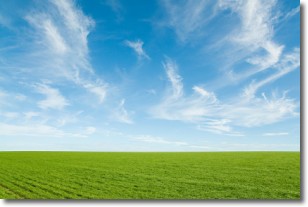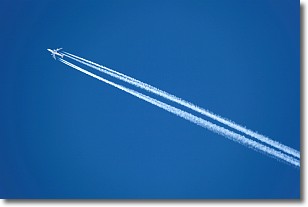Weather Alert in Montana
Special Weather Statement issued August 30 at 5:07AM MDT by NWS Great Falls MT
AREAS AFFECTED: Northern High Plains; Eastern Glacier, Western Toole, and Central Pondera; Eastern Toole and Liberty; Southern High Plains; Eastern Pondera and Eastern Teton; Cascade County below 5000ft; Gates of the Mountains
DESCRIPTION: Patchy dense fog has developed this morning for areas east of the Rockies, out to about the I-15 corridor from Craig to Sweet Grass. The dense fog is reducing visibility below a quarter of mile at times. The dense fog will like dissipate in most areas between 9 and 10 AM. Those who have travel plans this morning over the western half of North Central MT should be prepared for quickly changing visibility conditions and are reminded to slow down in areas of poor visibility.
INSTRUCTION: N/A
Want more detail? Get the Complete 7 Day and Night Detailed Forecast!
Current U.S. National Radar--Current
The Current National Weather Radar is shown below with a UTC Time (subtract 5 hours from UTC to get Eastern Time).

National Weather Forecast--Current
The Current National Weather Forecast and National Weather Map are shown below.

National Weather Forecast for Tomorrow
Tomorrow National Weather Forecast and Tomorrow National Weather Map are show below.

North America Water Vapor (Moisture)
This map shows recent moisture content over North America. Bright and colored areas show high moisture (ie, clouds); brown indicates very little moisture present; black indicates no moisture.

Weather Topic: What are Cirrus Clouds?
Home - Education - Cloud Types - Cirrus Clouds
 Next Topic: Condensation
Next Topic: Condensation
Cirrus clouds are high-level clouds that occur above 20,000 feet
and are composed mainly of ice crystals.
They are thin and wispy in appearance.
What do they indicate?
They are often the first sign of an approaching storm.
Next Topic: Condensation
Weather Topic: What are Contrails?
Home - Education - Cloud Types - Contrails
 Next Topic: Cumulonimbus Clouds
Next Topic: Cumulonimbus Clouds
A contrail is an artificial cloud, created by the passing of an
aircraft.
Contrails form because water vapor in the exhaust of aircraft engines is suspended
in the air under certain temperatures and humidity conditions. These contrails
are called exhaust contrails.
Another type of contrail can form due to a temporary reduction in air pressure
moving over the plane's surface, causing condensation.
These are called aerodynamic contrails.
When you can see your breath on a cold day, it is also because of condensation.
The reason contrails last longer than the condensation from your breath is
because the water in contrails freezes into ice particles.
Next Topic: Cumulonimbus Clouds
Current conditions powered by WeatherAPI.com




